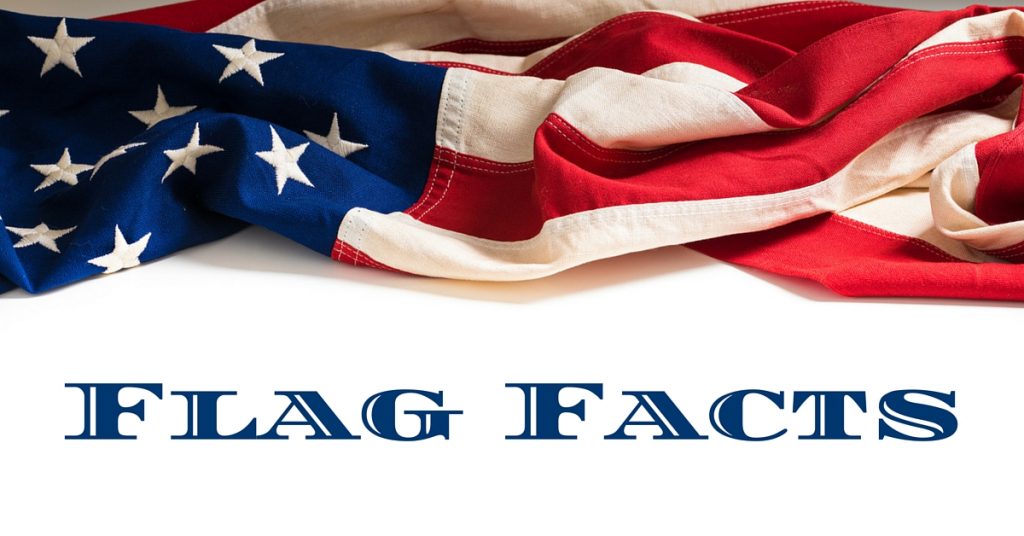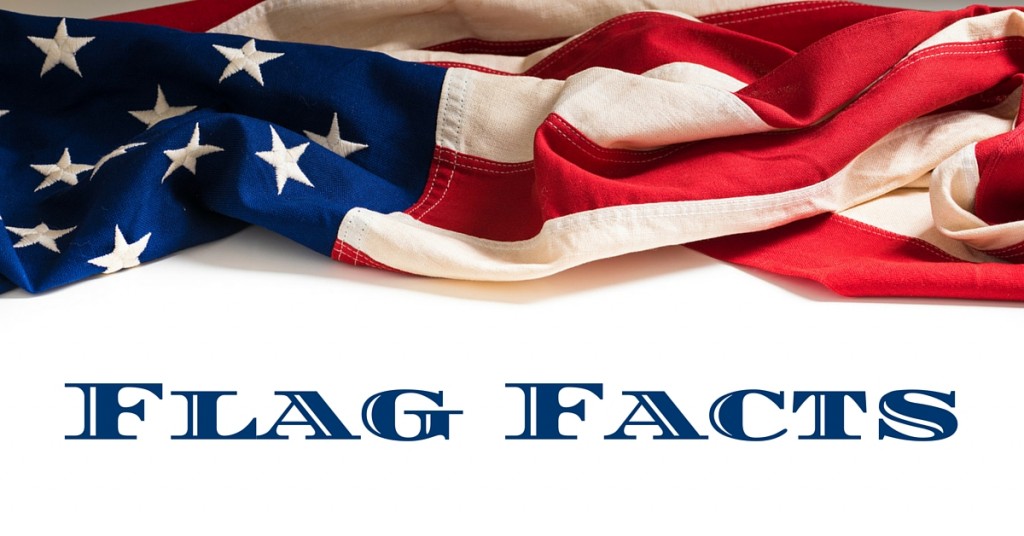Some trivia about the good ol’ red, white, and blue.
- The federal government has on hand three potential flag designs should there ever be a 51st state. A leading candidate to be state #51: Puerto Rico, and so the New Progressive Party of Puerto Rico commissioned one of those designs. Instead of rows of stars, the stars are arranged in a circle with lines down the middle, forming five separate “pie” pieces.
- American astronauts have left six flags on the moon. Five of them are still upright. The sixth was blown down by the exhaust from Apollo 11 in 1969 during its liftoff.
- Any time a new state has joined the United States, it’s necessitated a new flag design—each star represents a state. As the country grew from 13 states to 50, there have been 28 official U.S. flags along the way.
- Longest official flag in use: the one with 50 stars, adopted in 1960 after Hawaii became a state.
- “The Star-Spangled Banner” isn’t just a nickname for the American flag in general—it’s a specific flag. It refers to the one used from 1795 to 1818, flown during the War of 1812, which inspired Francis Scott Key to write “The Star-Spangled Banner.” There are three rows of three stars each, alternating with three rows of two stars each. (That makes…15 states!)
- When a new flag is adopted, it’s unveiled in the year after the admission of new states to the union. But it’s not done on Flag Day. Since 1818, new flags are unveiled (literally) on Independence Day.
- In 1889, one of the bestselling flags in the country was a 39-star design. However, the U.S. never had exactly 39 states—there were 38 and then 40. That year, North Dakota and South Dakota were admitted to the union, but it was widely assumed up until the moment of statehood that the Dakota Territory would join as a single state.









